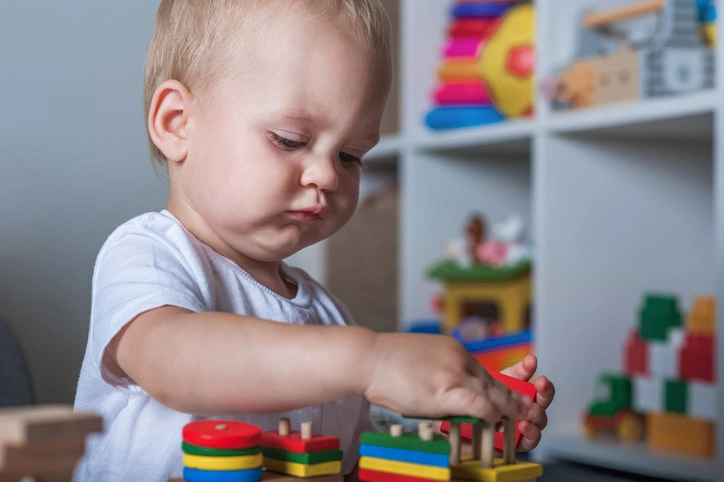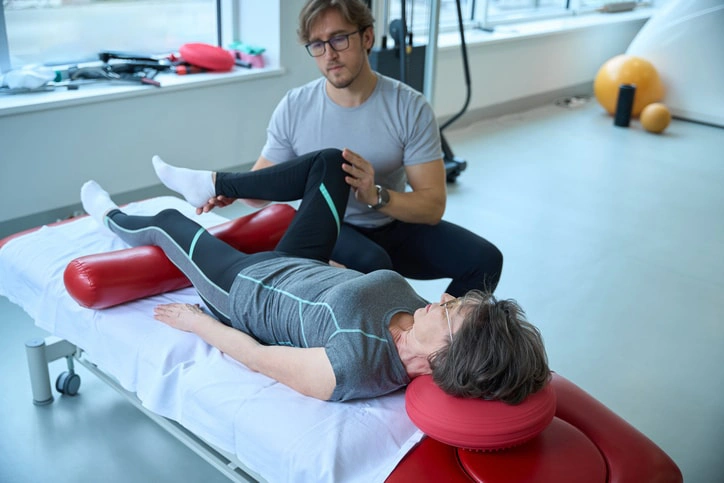Understanding occupational therapy for children
Occupational therapy is a type of therapy that helps children overcome challenges in daily living and increase their independence. Paediatric occupational therapists are health professionals who focus on helping children with physical, emotional, or cognitive disabilities to participate in everyday activities.
Individual children all have varying challenges and needs in their everyday lives, so occupational therapists need to be able to offer a wide range of techniques and strategies.
Occupational therapists work with children to improve their fine motor skills, gross motor skills, social skills and sensory processing abilities. They also recommend and help implement aids or assistive technology that can help overcome barriers.
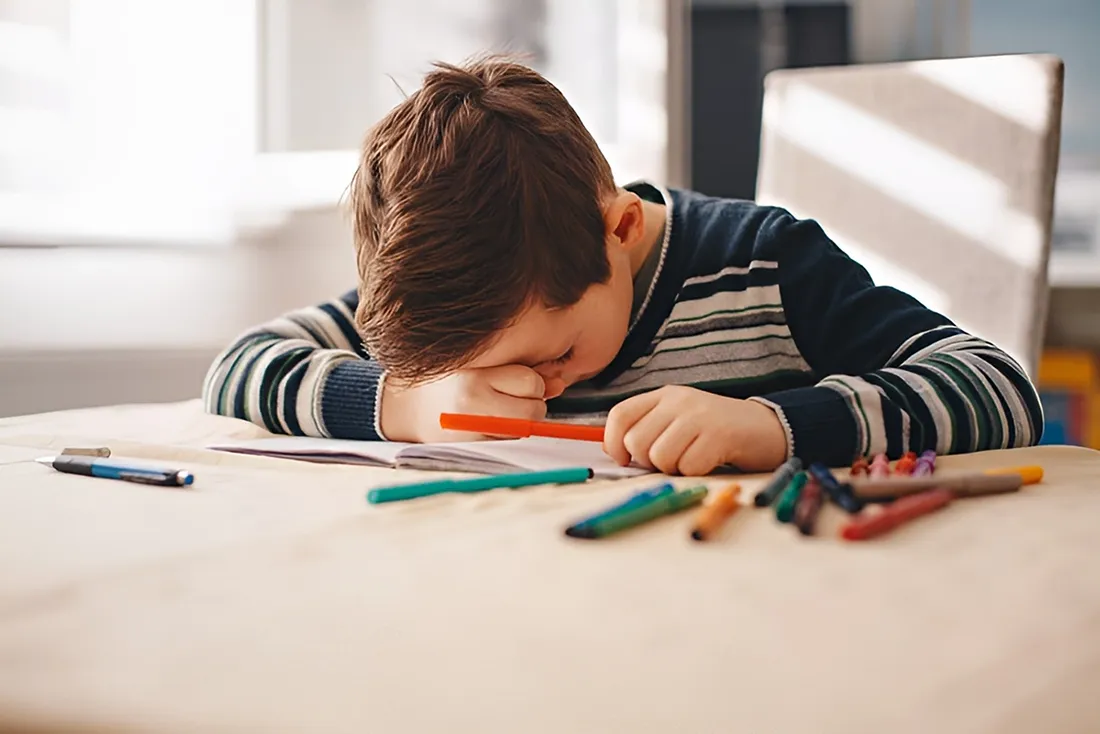
When do children benefit from occupational therapy?
Occupational therapists work with children of all ages, from birth and continuing on into adulthood. Occupational therapy can help children who:
have autism spectrum disorder (ASD), Down syndrome, cerebral palsy, and developmental delay
are recovering from a brain injury or stroke
have sensory issues or processing disorders, ADHD, and other conditions
have physical disabilities
have behavioural issues, learning difficulties or minor developmental delays.
Occupational therapy can be ongoing, or it may be required for a short period of time to address a temporary issue. It can help children with minor challenges or delays, through to serious conditions.
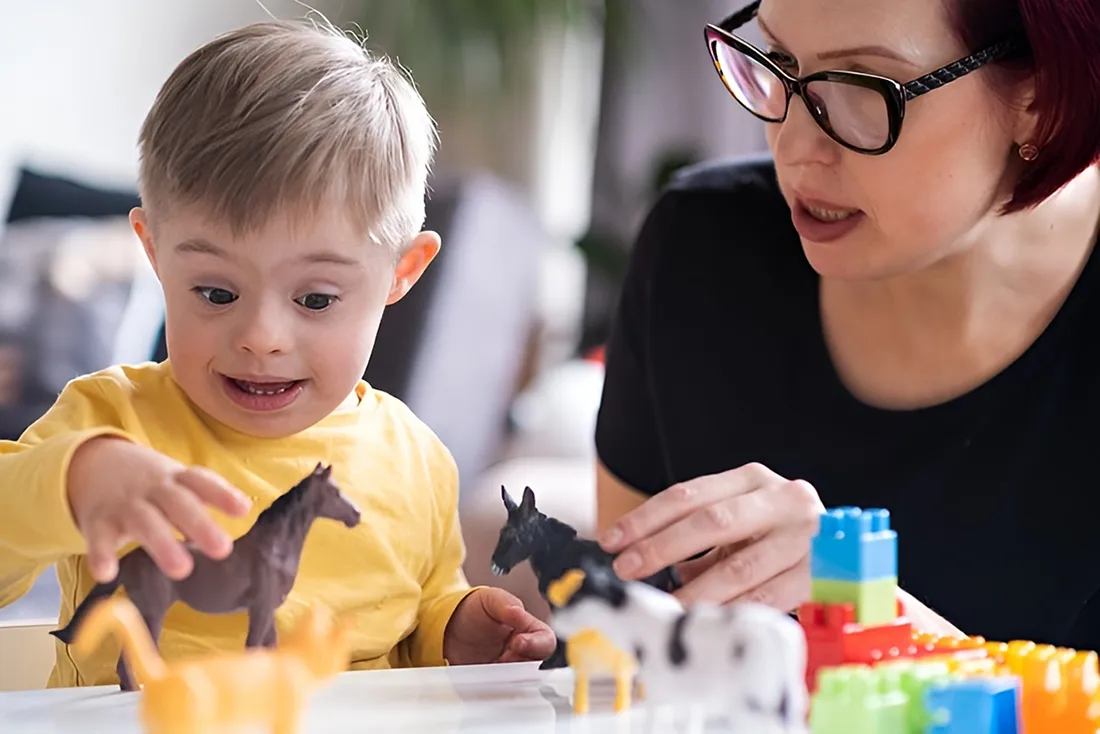
Signs your child may need occupational therapy
Your child may benefit from occupational therapy if they have difficulty with:
self-care skills such as dressing, feeding, or going to the toilet
fine motor skills such as using scissors, holding a pencil, brushing teeth or tying their shoes
gross motor skills such as running, jumping, or balancing
social skills such as interacting with peers, initiating conversations, or understanding social cues
sensory processing, such as being over- or under-sensitive to certain textures, sounds, or smells
self-regulation and emotional regulation, such as managing their behavior and feelings in an appropriate way for the situation.
Occupational therapy will focus on how to improve your child’s skills and capabilities in these areas to build independence in everyday activities and daily life.
Getting Your Child Started with an Occupational Therapist
If you suspect your child may benefit from occupational therapy, here are the steps to get started:
Consult with your pediatrician: To get started with occupational therapy, you can ask your child’s GP, paediatrician or healthcare provider for a referral to a paediatric occupational therapist. You can also contact a paediatric occupational therapist or a community health centre directly.
Find an occupational therapist: You can look for local occupational therapists, or consider paediatric occupational therapists who offer telehealth appointments by phone or video conference. If there are waiting lists for occupational therapists in your area, finding a practitioner who can see you remotely can be a game-changer.
Schedule an assessment: Book an appointment with the occupational therapist for an initial assessment. This assessment will help identify your child’s strengths and challenges, forming the basis for their therapy plan.
Develop a treatment plan: Collaborate with the occupational therapist to create a personalised treatment plan. This plan will set specific goals and objectives tailored to your child’s unique needs.
Attend therapy sessions: Regularly attend therapy sessions with your child. Actively participate in the therapy process and provide feedback to the occupational therapist to ensure your child is making progress.

What to expect from paediatric occupational therapy sessions
Your first appointment with an occupational therapist will usually focus on getting to know you and your child’s unique situation and challenges, often through an assessment process. Then the occupational therapist will work closely with you and your child to develop a personalised treatment plan.
Occupational therapy sessions are typically one-on-one and may involve a variety of activities and exercises, techniques and strategies to help children develop the skills they need.
Sessions may involve play-based activities, sensory integration techniques, and adaptive equipment.
The role of play therapy
Play therapy is particularly important in paediatric occupational therapy. Occupational therapists use play to extend your child without overwhelming them. Play also provides a great opportunity for therapists to analyse your child’s skills in various tasks or activities. If you’re not sure how the playing relates to therapy, just ask and your occupational therapist should be happy to explain it to you.
Settings and specialties of occupational therapists
Occupational therapists work in various settings, including community health centres, schools, hospitals, telehealth and private clinics.
Occupational therapists may have different specialties, such as paediatric occupational therapy or occupational therapy for autistic children.
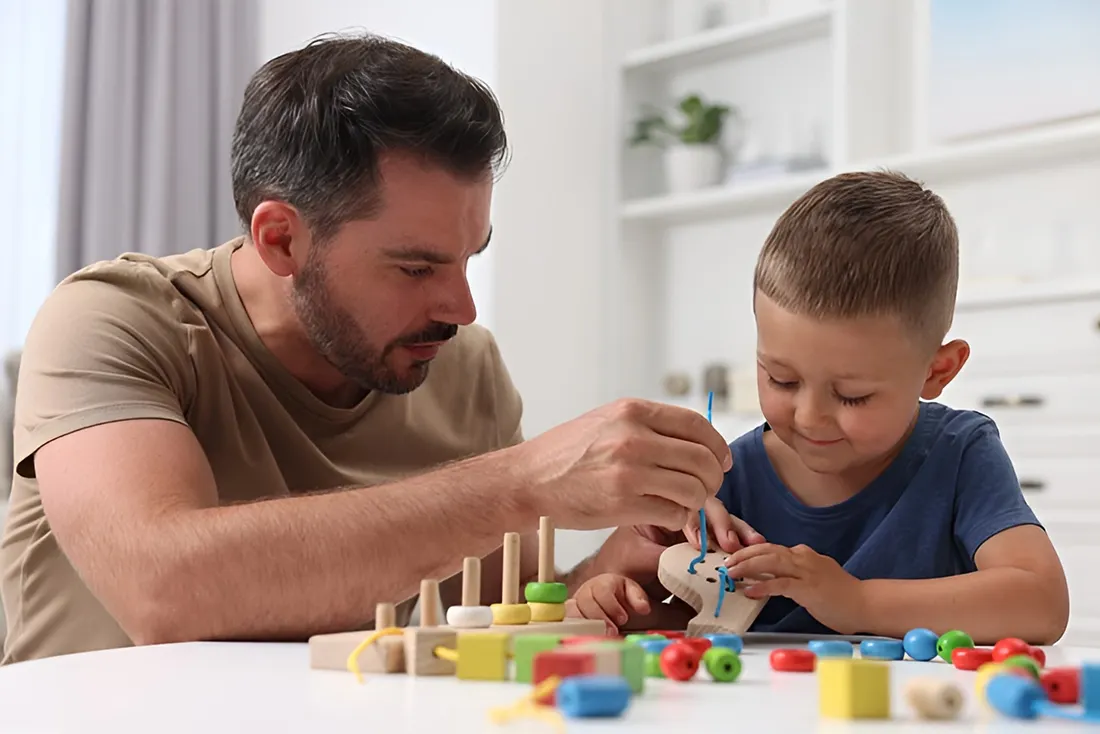
Maximising the benefits of occupational therapy for kids
Paediatric occupational therapists may provide home programs and activities for children to practice outside of sessions.
Parents and caregivers can play an active role in supporting their child’s development by providing a supportive environment and encouraging their child to practice new skills recommended by the occupational therapist.
Regular communication with the occupational therapist is essential to ensure that your child is making progress and to make any necessary adjustments to the treatment plan.
It’s a great idea to take a list of questions with you to the sessions so you don’t forget to ask anything. Writing down observations between sessions can also help you to give your child’s occupational therapist accurate information to questions they may ask you. It’s hard to remember every detail when you’re a busy parent!
How can we help?
Goal Coach’s paediatric occupational therapists are experienced at working with children facing a wide range of challenges. With our virtual appointments, location is no barrier: we can work with you and your child, no matter where you are in Australia. You won’t have to go on a waiting list to get an appointment with Goal Coach and you can even get started with a 15-minute free chat to make sure the service is right for you.
